Photographer Captures Hundreds of Adorable Baby Animals
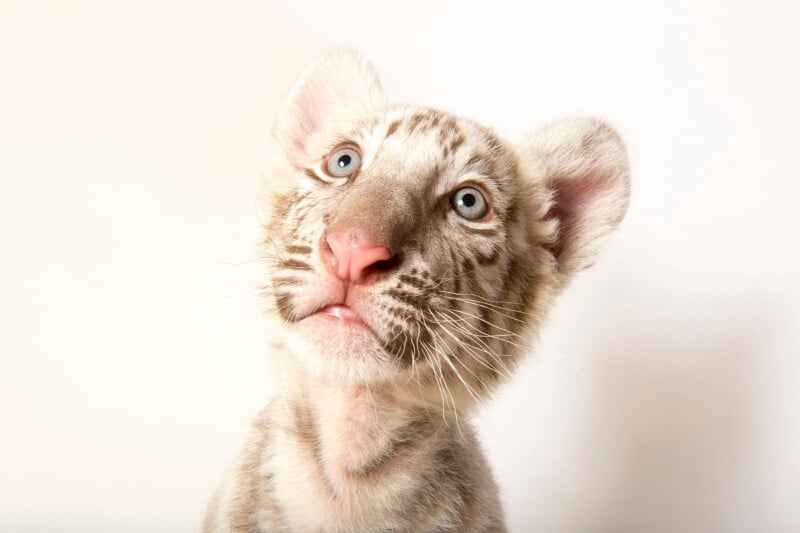
Photo Ark is Joel Sartore’s famous photography project. It involves him attempting to document every species that lives in zoos, aquariums, and wildlife sanctuaries worldwide.
But of the thousands of photos Sartore has taken for Photo Ark over the past 18 years, he says one in particular stands out for him: a baby Malayan tapir he met at Minnesota Zoo.
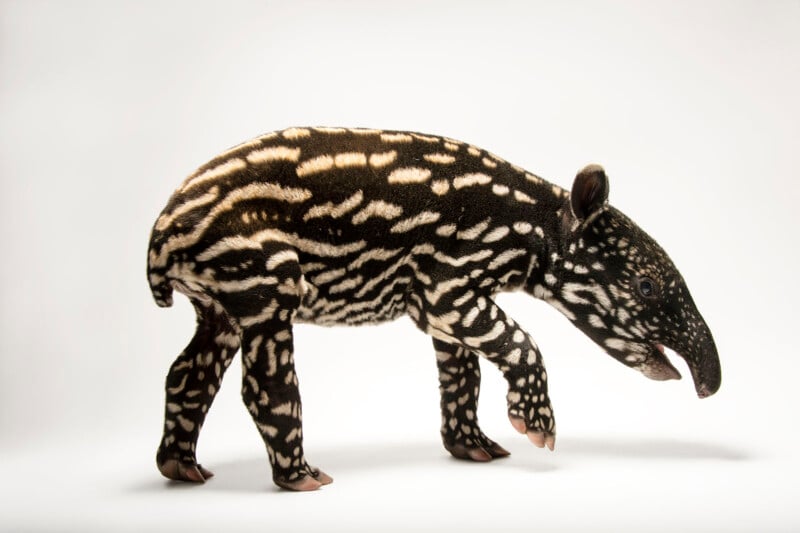
“I often think about the day I met her,” Sartore writes in his new book Photo Ark Babies. “I was at the zoo to photograph other species, but as I wound down for the day, a couple of the zookeepers insisted I get a photo of their new baby, just six days old. I told them I already had an adult Tapirus indicus [Malayan tapir], shot at Omaha’s Henry Doorly Zoo many years earlier, and that I’d never finish the Photo Ark if I documented all the baby animals.”
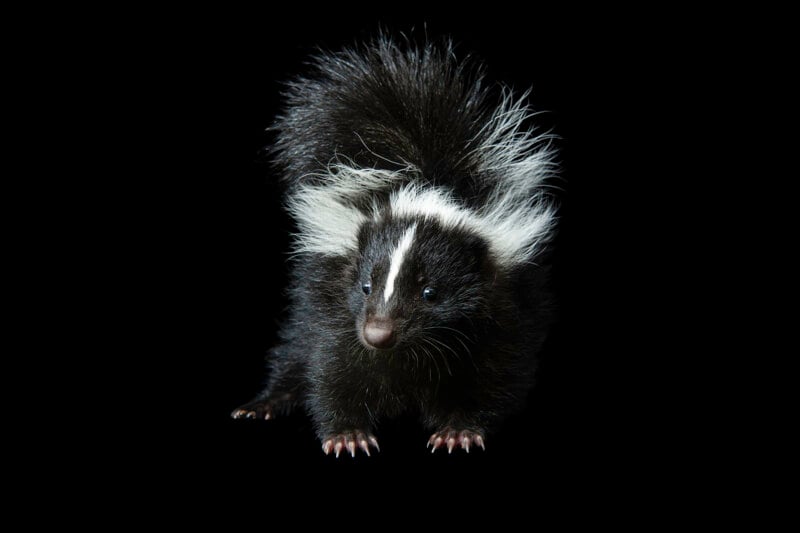
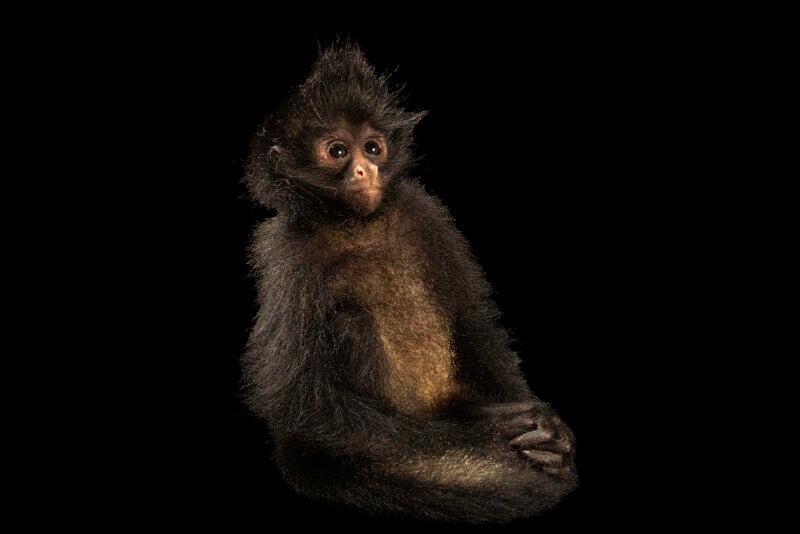
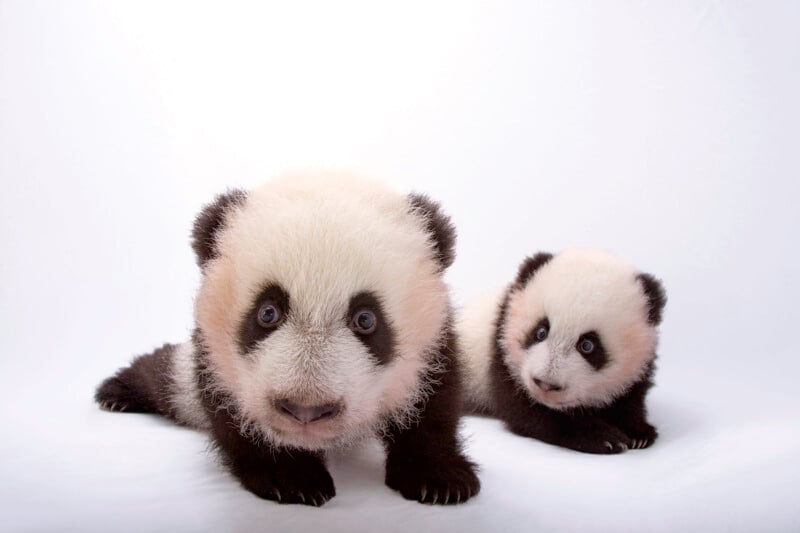
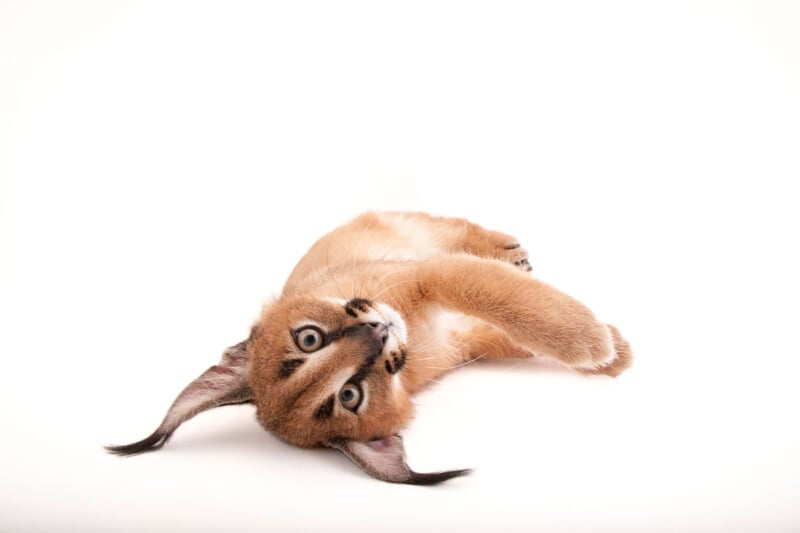
But the Minnesota zookeepers kept pressing him and he eventually relented and went to meet the tapir’s mom Bertie and her baby Amirah.
“The young one was tiny, not much bigger than a loaf of bread. Not only was she cute, but she was also unlike anything I’d ever seen. Though Bertie was half white and half black, just as adult Malayan tapirs are famous for, her baby was black as night and covered with white spots and stripes. I couldn’t believe my eyes,” Sartore says.
The baby tapir’s markings are Mother Nature’s way of camouflaging her; when she lies down on the forest floor dappled with spots of sunlight, Amirah would literally disappear, protecting her from predators when mom is away feeding.
Sartore says it’s just one of the genius ways baby animals naturally employ to survive. “As I see it, if you’re a youngster in this dog-eat-dog world, you have three main methods to make it: You can blend in, take off, or let your parents defend you,” the photographer adds.
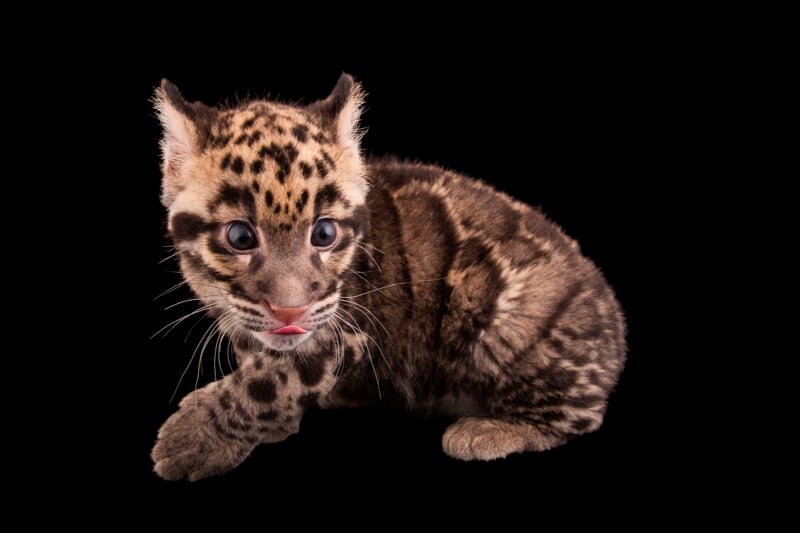
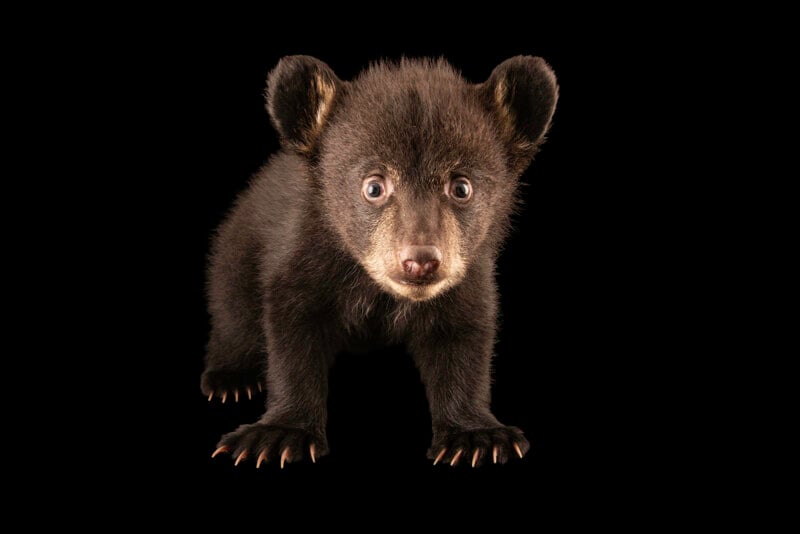

Photo Ark Babies is published by Disney Publishing Nat Geo and available to buy here.
Image credits: Photographs by Joel Sartore/Nat Geo